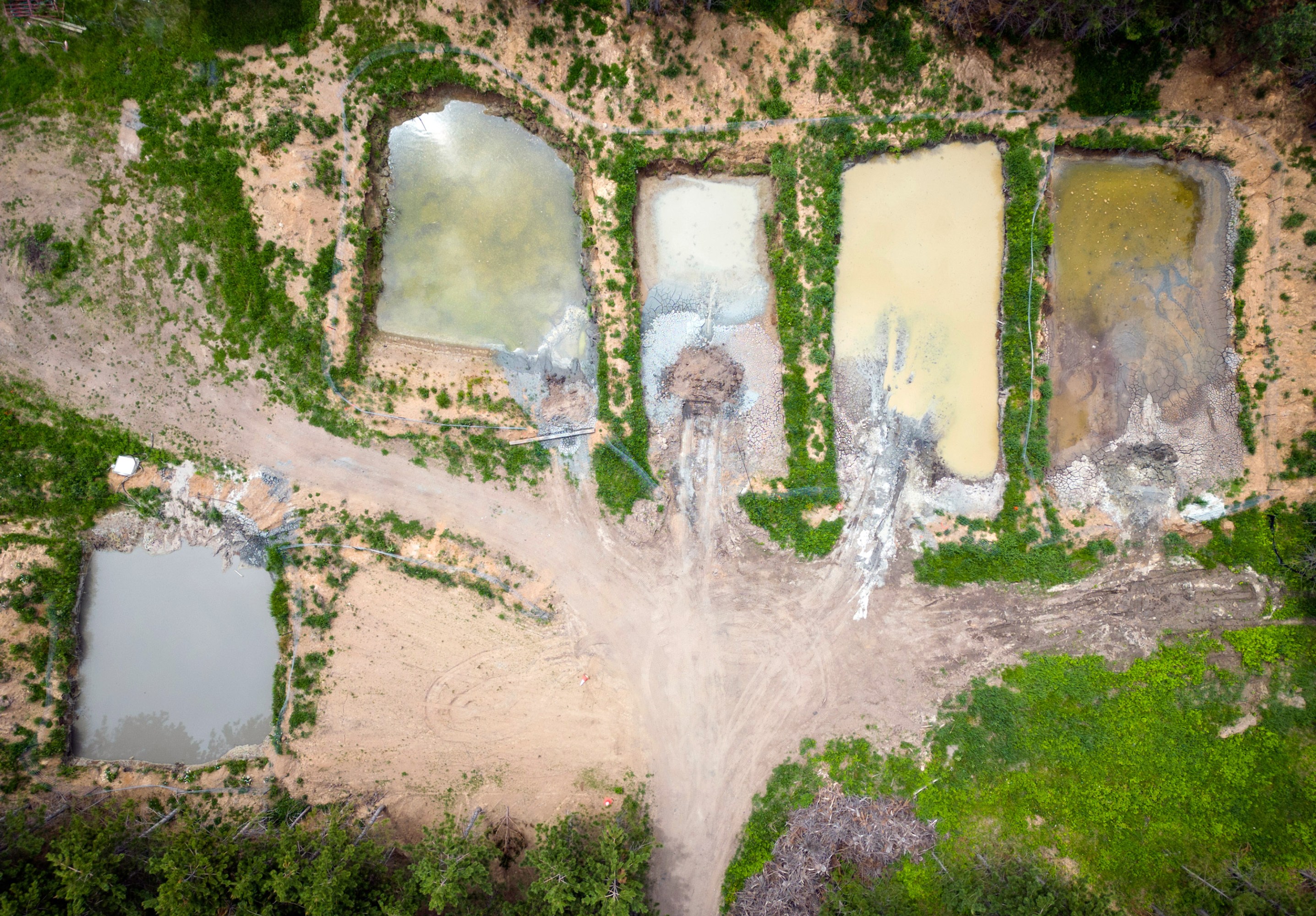This town’s mining battle reveals the contentious path to a cleaner future
It was these rich reserves that drew Talon, which was previously focused on developing gold mines in Brazil, to this part of rural Minnesota. After reviewing the findings of Kennecott Exploration, a subsidiary of Rio Tinto that had been drilling at the site for more than a decade, it agreed to acquire a 30% stake for $37.5 million in 2014. Talon now owns 51% of the project.
The density of the nickel, copper, and iron at the site means that Talon can extract more metals from every ton of ore it pulls up from the ground. It also makes it cheaper, easier, and more profitable to process the metal to the purity levels required for the batteries that power EVs, says Todd Malan, the company’s chief external affairs officer and head of climate strategy.
In addition, the geological makeup of the site means Talon’s operations should have a much smaller climate footprint than major nickel mines in other parts of the world. Much of the world’s nickel is extracted from shallow, diffuse deposits, through open-pit mining projects that often leave expansive scars, encroach on forests and farms, and contaminate waterways. They can produce around 18 times more greenhouse-gas emissions per ton of mined and processed metal than mining operations at a geological formation like the one in Minnesota, according to data from Skarn Associates, a mining sustainability research firm.
“The potential here is to try and develop the United States’ remarkable mineral wealth in a new and different way than we’ve done mining in the past,” Malan says.
Talon intends to dig deep instead of wide. It plans to employ a train-car-size “tunnel boring machine” equipped with a spinning cutterhead to excavate a tunnel about 350 feet down, through the glacial till, into the deep bedrock and back—laying down a watertight cement tube as it goes. From there, the company will switch to conventional drill-and-blast extraction techniques, filling drill holes with ammonium nitrate or other explosive mixtures to blow up and break deep rock.
AP IMAGES
The process could release as much as 2.6 million gallons of water into the mine per day, mostly from aquifers disconnected from the region’s fresh water sources, the company says. Talon plans to pump that water up to the surface, treat it through reverse osmosis or a similar process, and release it into the adjacent wetlands, where it would feed into Big Sandy Lake and eventually the Mississippi River.
It was these rich reserves that drew Talon, which was previously focused on developing gold mines in Brazil, to this part of rural Minnesota. After reviewing the findings of Kennecott Exploration, a subsidiary of Rio Tinto that had been drilling at the site for more than a decade, it agreed to acquire a 30% stake for $37.5 million in 2014. Talon now owns 51% of the project.
The density of the nickel, copper, and iron at the site means that Talon can extract more metals from every ton of ore it pulls up from the ground. It also makes it cheaper, easier, and more profitable to process the metal to the purity levels required for the batteries that power EVs, says Todd Malan, the company’s chief external affairs officer and head of climate strategy.
In addition, the geological makeup of the site means Talon’s operations should have a much smaller climate footprint than major nickel mines in other parts of the world. Much of the world’s nickel is extracted from shallow, diffuse deposits, through open-pit mining projects that often leave expansive scars, encroach on forests and farms, and contaminate waterways. They can produce around 18 times more greenhouse-gas emissions per ton of mined and processed metal than mining operations at a geological formation like the one in Minnesota, according to data from Skarn Associates, a mining sustainability research firm.
“The potential here is to try and develop the United States’ remarkable mineral wealth in a new and different way than we’ve done mining in the past,” Malan says.
Talon intends to dig deep instead of wide. It plans to employ a train-car-size “tunnel boring machine” equipped with a spinning cutterhead to excavate a tunnel about 350 feet down, through the glacial till, into the deep bedrock and back—laying down a watertight cement tube as it goes. From there, the company will switch to conventional drill-and-blast extraction techniques, filling drill holes with ammonium nitrate or other explosive mixtures to blow up and break deep rock.

AP IMAGES
The process could release as much as 2.6 million gallons of water into the mine per day, mostly from aquifers disconnected from the region’s fresh water sources, the company says. Talon plans to pump that water up to the surface, treat it through reverse osmosis or a similar process, and release it into the adjacent wetlands, where it would feed into Big Sandy Lake and eventually the Mississippi River.
